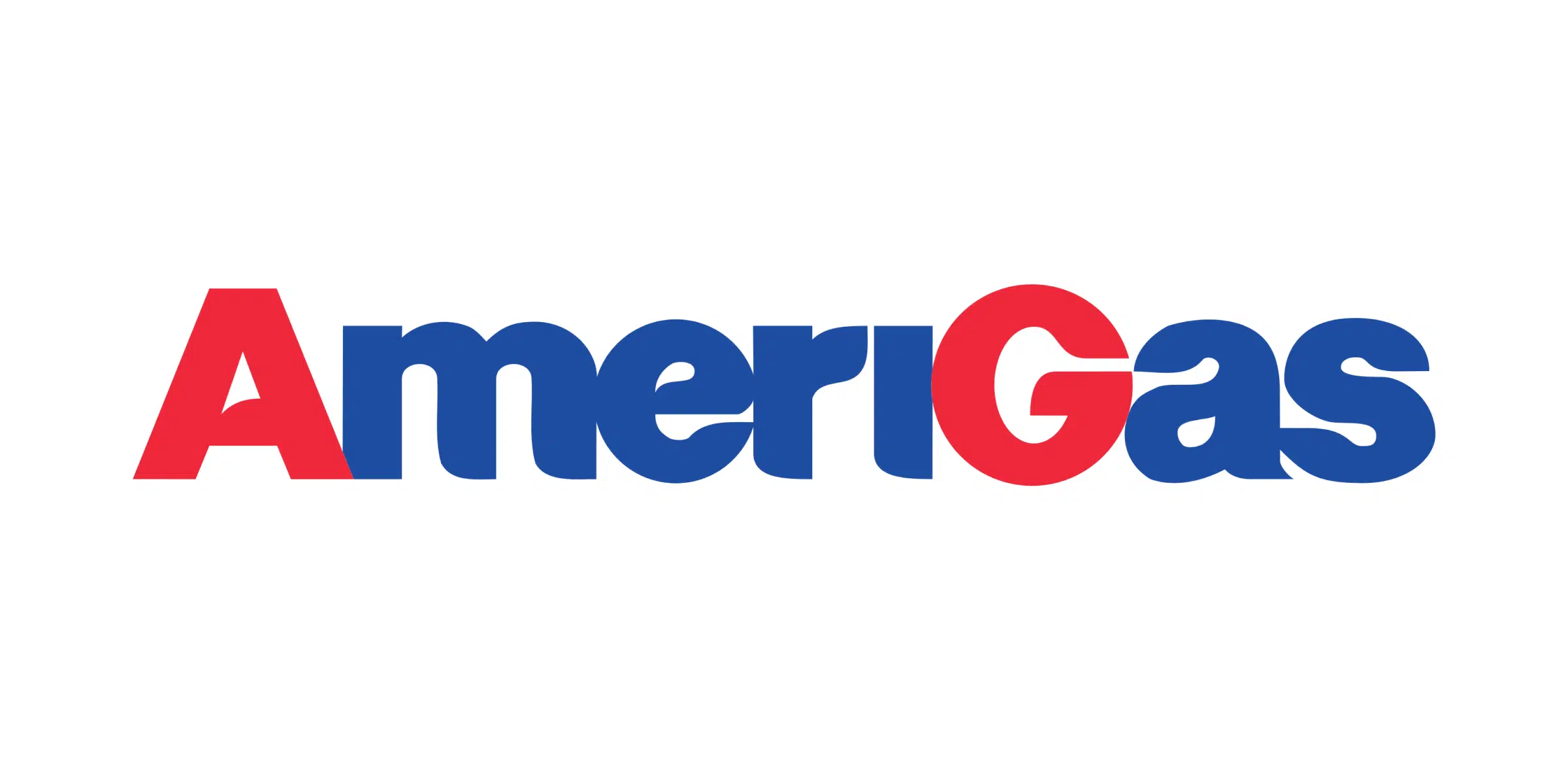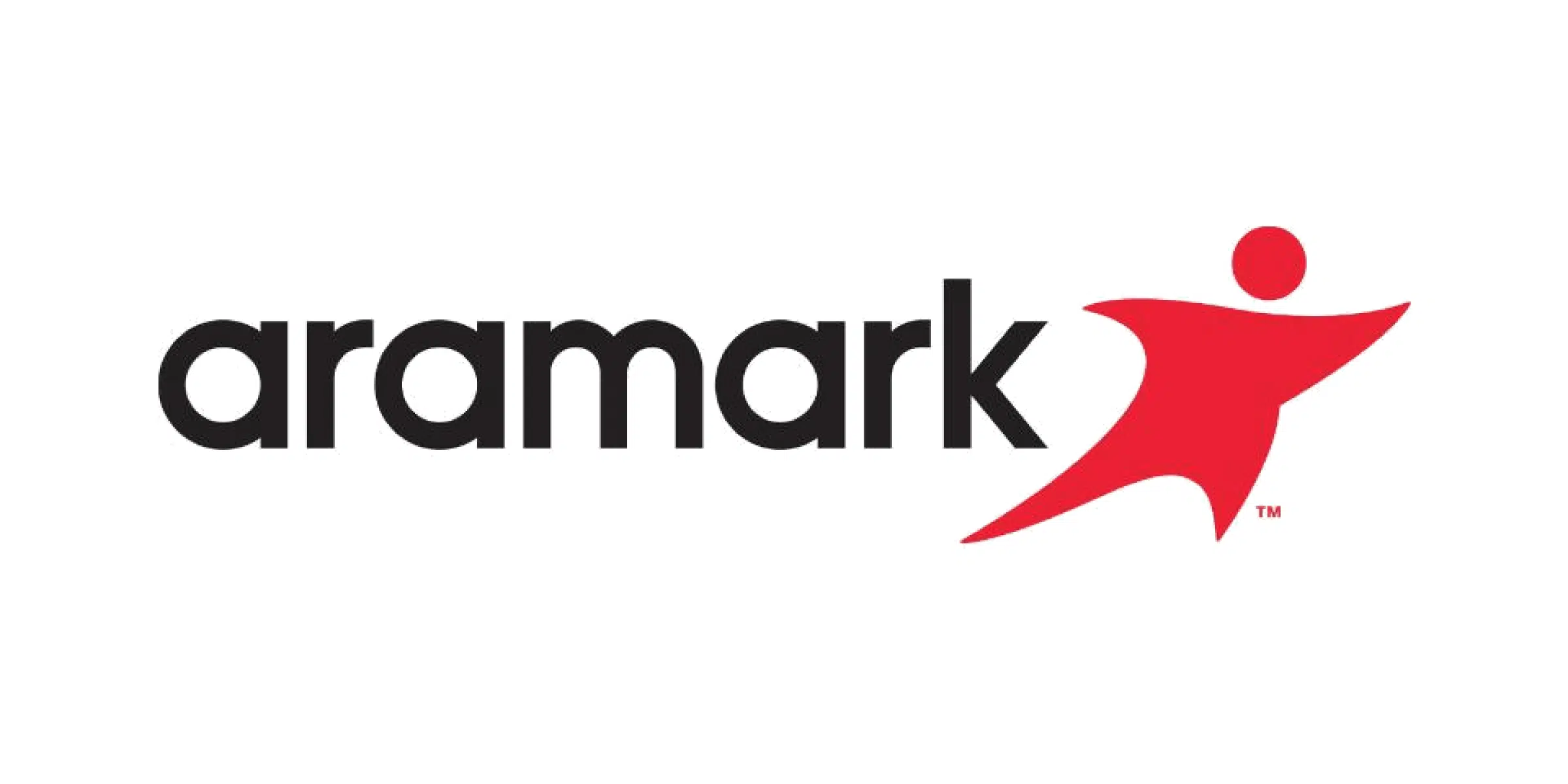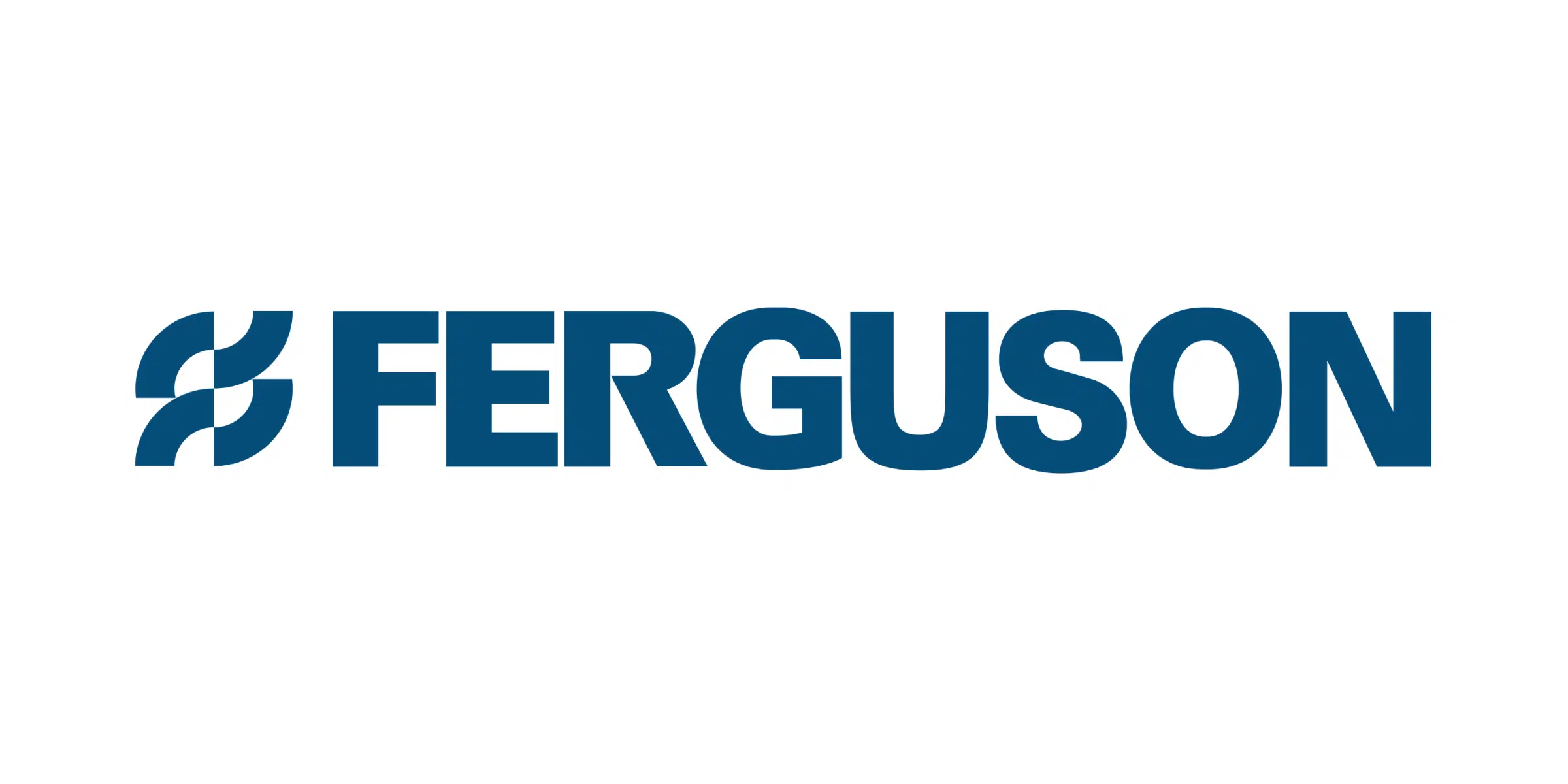
- We had the right team, the right equipment, and the right training.
- We did shift work and supported each other 24/7.
- We listened to our employees when they said “not gonna happen.”
Monitoring weather events is a year-round job for operations professionals like myself, especially when your company is an essential service provider. Lucky for me, as my husband likes to say, I fancy myself a part time weather woman. Booster has expanded to be a coast-to-coast operation and now manages mobile energy delivery in all types of climates: extreme heat, hurricanes, earthquakes, and more. We’re more susceptible to all kinds of weather events than ever before.
Throughout the week of February 8, 2021, I monitored what meteorologists had begun to call a polar vortex. Projected to affect 70% of the United States, we anticipated the storm to impact a minimum of five of Booster’s markets. To prepare, we began engaging with our local leaders for real time eyes on the sky and roadways, utilizing DOT traffic cams to see the main roadways, and had a few safety professionals help with additional assessments to make educated decisions on how the polar vortex would impact operations and our employees.
In my 18 years of experience, I’ve learned to evaluate three key factors to determine whether our operations could withstand these crises: (1) temperature, wind chill and precipitation; (2) road conditions and safety; and (3) driver confidence. If any of these factors proved unfavorable, Booster would not risk our teammates being on the road.
As the polar vortex set in, circumstances for our team in Texas were life-threatening as communities went days without power or water. In Seattle and Washington, DC roads were submerged in snow and declared unsafe. In Nashville, ice covered most surfaces and posed severe issues for our drivers. Drivers across all markets reported unsafe conditions and concerns regarding hazmat vehicles on roads.
For one week, operations were suspended due to concerns of employee and customer safety. Each of these decisions required immense teamwork, communication, preparation and frankly, a little bit of luck. No one was hurt and, while sales were affected, not one of our safety concerns were realized. Our drivers, and our customers, were ultimately safe and we were happy to make the right decision.
My takeaways as an operations leader? First, trust your people, who are best positioned to advise on true risk. Many industry professionals lamented not keeping drivers off the roads during this storm, and Booster is not willing to endanger innocent people. Second, establish a primary leader to support the team and who can act quickly when decisions need to be made. Third, create a minimum operating criteria for the team. If you know your minimum criteria before the event occurs, decision making is easier.
I hope no one will have to learn from my lessons, but I am proud of our senior leadership, who trusts the decisions we make. I am even more proud of the teamwork of our customers, drivers and colleagues.







